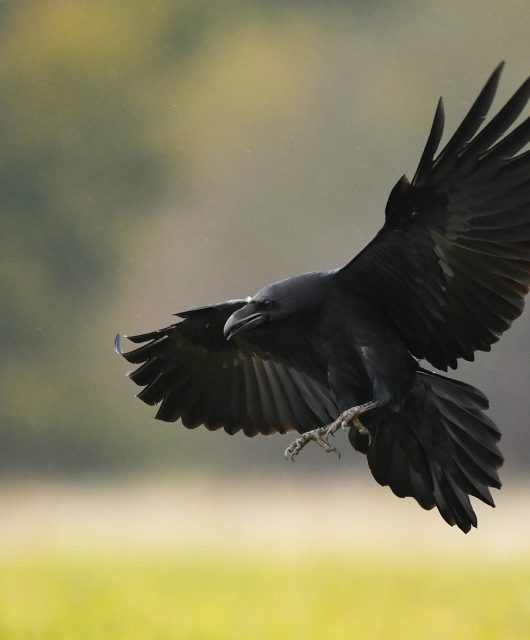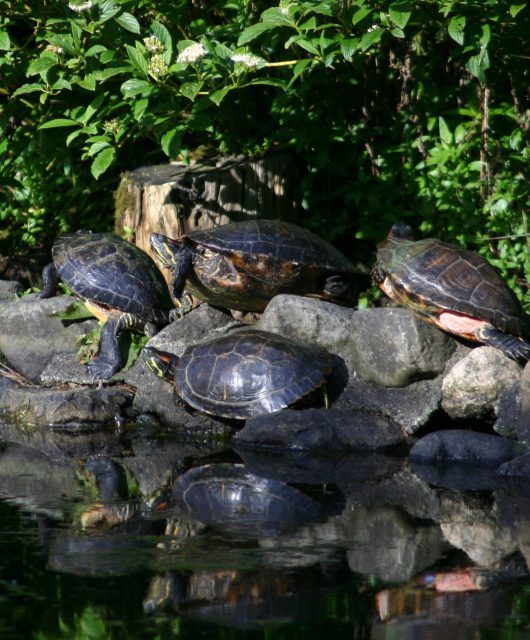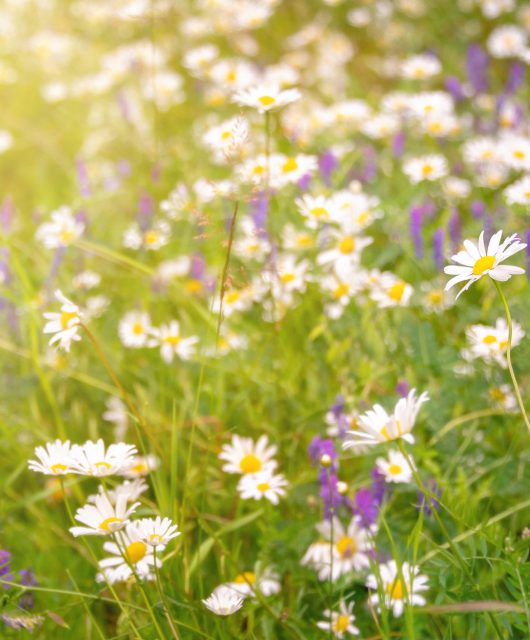It’s Friday, and you’re anxiously awaiting 5 o’clock. You’ve got the car packed and are ready to go! Sound like you?
Well, you might have a case of cottage fever!
Stressed Out
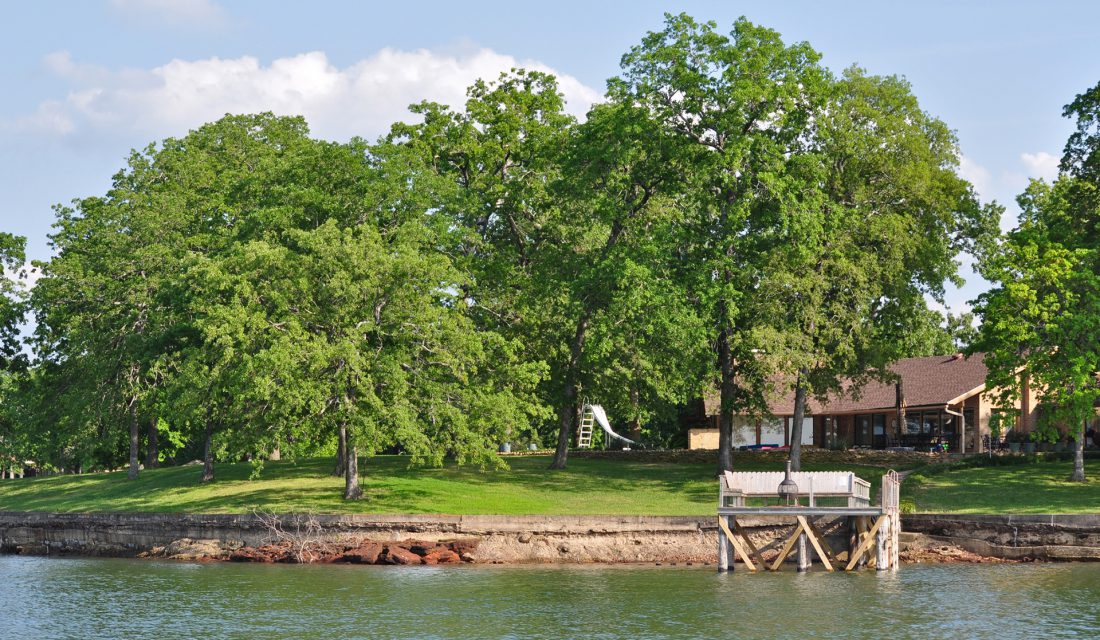 But while we’re de-stressing up at the cottage, we’re unknowingly putting our lakes under stress. And it’s showing:
But while we’re de-stressing up at the cottage, we’re unknowingly putting our lakes under stress. And it’s showing:
- Man-made beaches cover natural aquatic features and limit the growth of aquatic plants.
- Shoreline retaining walls eliminate shoreline habitats and prevent local wildlife from reaching the water.
- Lawn care and maintenance contaminants like oil, gasoline and fertilizers are carried into the lake, harming water quality and upsetting the natural ecosystem.
Did you know that the first 10 to 15 metres of land surrounding lakes and rivers, including beaches, are responsible for 90 per cent of lake life?
So it goes without saying that healthy shorelines are vitally important! They filter pollutants, protect against erosion and provide habitat for fish and other forms of wildlife. They also benefit the land, air and water that we all need to survive.
How You Can Help
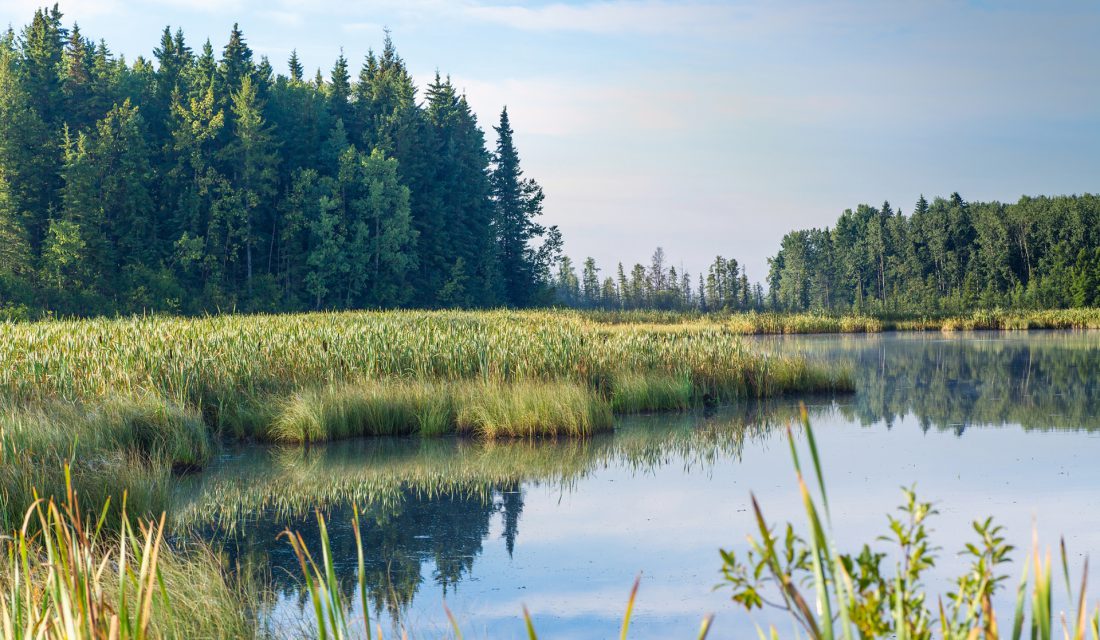
If you’re reading this and biting your lip thinking your shoreline is in real trouble, relax. It’s not too late to reverse the damage. Baby steps! Start by growing and protecting emergent vegetation along your shoreline. Emergent vegetation grows up and out of the water – in other words, the plants you get tangled in when you go for a swim. These plants are tremendously important because they provide food and shelter to a variety of wildlife. Just make sure you have all necessary permits and approvals before you begin!
5 Types of Emergent Vegetation That Will Make a Difference to Your Lake:
- Blue flag iris grows best when planted in moist to wet soil. Its pollen nectar and rhizomes (roots) attract bees, hummingbirds, muskrats, beavers and waterfowl.
- Common cattail is found in ponds, marshes and ditches. Birds love it because it provides nesting material, while its rhizomes are a source of food for geese and muskrats. Cattails also help stabilize shoreline soil.
- Water smartweed is a floating perennial aquatic herb found in shallow ponds, lakes, rivers, streams, and marshes and on wet shorelines. It provides food for waterfowl and songbirds, and its pollen and nectar attract many pollinating insects.
- Floating arrowhead is a floating, leafy aquatic herb found in the shallow water of lakes and streams. It is a great source of food for a variety of species such as rails, geese, mallards and muskrats.
- Pondweeds float in or on water of varying depths. Different types of pondweed provide shelter for small fish and dragonflies while supplying food for muskrats, moose, deer and beavers. Pondweed seeds also feed mallards, teals and pintails.


